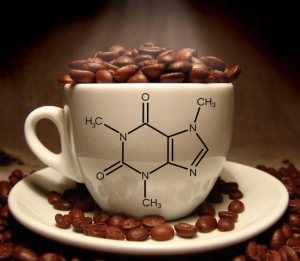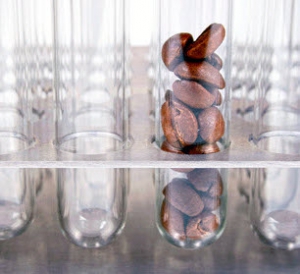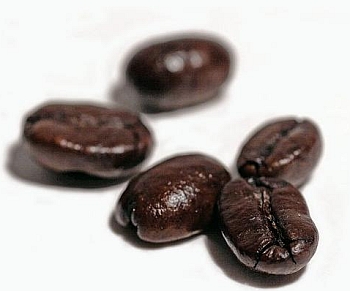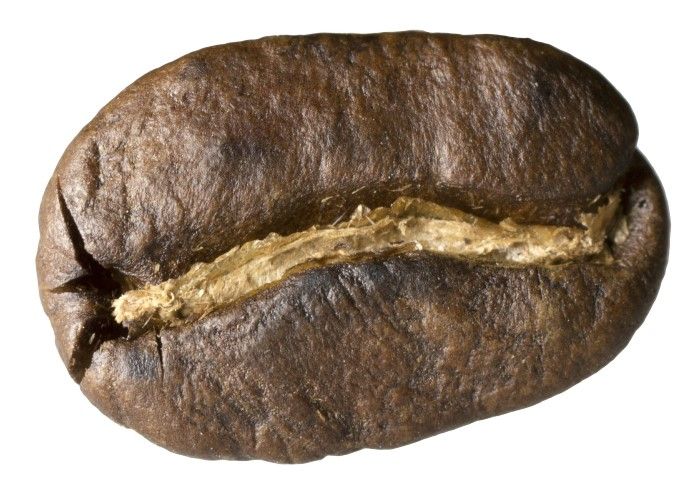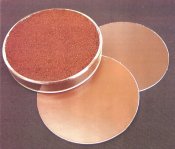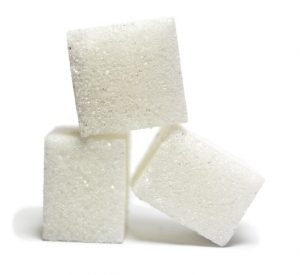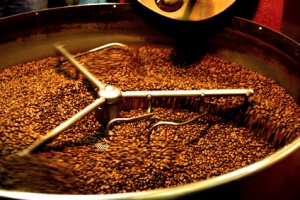Displaying items by tag: maillard reaction
Unlocking Coffee's Chemical Composition: Part 2
Welcome to this month’s issue of coffee science. In our last series we discussed the role of two alkaloids: caffeine and trigonelline and their role in coffee’s composition. This time we’ll explore some of coffee’s more common compounds, namely carbohydrates and proteins, and discuss how these seemingly ordinary compounds contribute to coffee’s alluring aroma.
The Science of Browning Reactions - Hot Off The Press!
March 1, 2008 - Okay so for all you who requested that we write a little on the science of roasting, make sure to check out our second article in Roast Magazine.
Protein in Coffee
In both arabica and robusta coffee, free and bound proteins account for roughly 10 to 13% of coffee’s dry matter. Since proteins are made of smaller components called amino acids - these can vary significantly within each coffee based on a number of factors.
Carbohydrates in Coffee
Carbohydrates are perhaps one of the largest family of compounds in organic chemistry. As the name implies, carbohydrates are simply hydrated carbon molecules with complex structure. Perhaps the most well known 'sugar' is that of sucrose, or table sugar, but this is only of several hundred types of carbohydrates in nature.
Chemical Changes During Roasting
The transformation from raw bean to finished product is perhaps one of the more complex stages in coffee production.
If you take a lot of green beans and smell it, it hardly has any of the characteristics that we would typically associate with roasted coffee. Yet once roasted, the raw materials within the raw bean undergo a significant transformation to give rise to hundreds of new compounds that we can appreciate.

